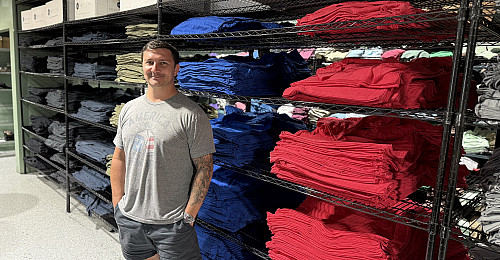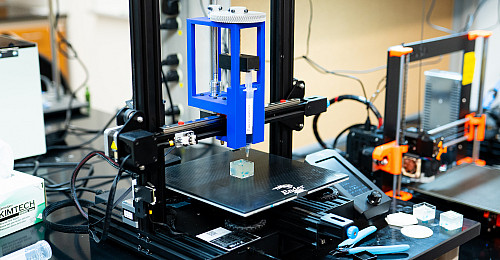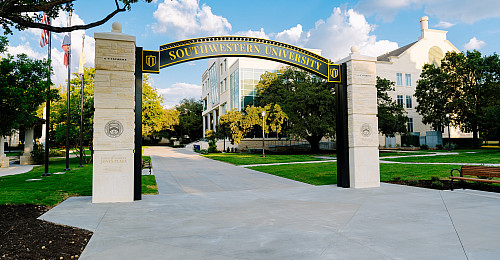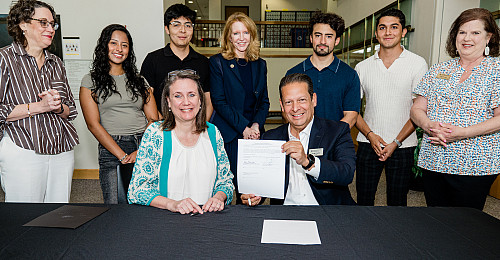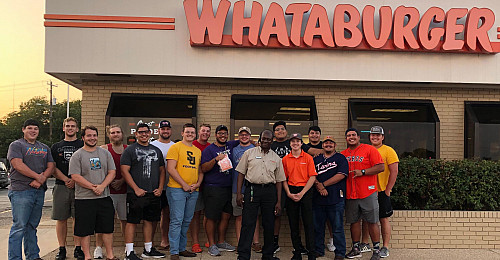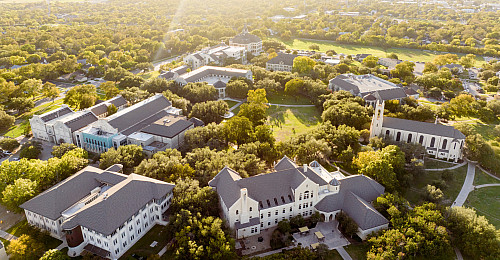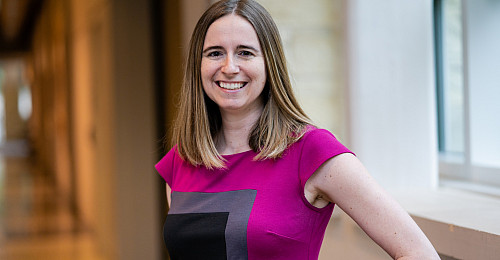Applied Physics
Courses
Below you will find a list of our current or recent offerings. See the course catalog for descriptions and updated information.
CHEMICAL CONCEPTS AND PROPERTIES I LAB (51-151) (0-4). The laboratory consists of quantitative analysis. To be taken concurrently with Chemistry 51-153.
CHEMICAL CONCEPTS AND PROPERTIES I (51-153) (3-0). General chemistry. Correlation of physical laws with the structure of matter and chemical properties. (POK-Natural World: Physical Science). To be taken concurrently with Chemistry 51-151.
CHEMICAL CONCEPTS AND PROPERTIES II LAB (51-161) (0-4). Prerequisites: Chemistry 51-153/151. To be taken concurrently with Chemistry 51-163.
CHEMICAL CONCEPTS AND PROPERTIES II (51-163) (3-0). Continuation of Chemistry 51-153. Prerequisites: Chemistry 51-153/151. To be taken concurrently with Chemistry 51-161.
PHYSICAL CHEMISTRY I (51-713) (3-0). A quantitative study of the states of matter, the laws of thermodynamics, chemical equilibrium, the theory of solutions, and electrochemistry. Prerequisites: Chemistry 51-163/161 or 173/171, Physics 53-154, and Mathematics 52-253. Mathematics 52-753 or 353 is recommended. To be taken concurrently with Chemistry 51-711.
INTRODUCTION TO PROGRAMMING (54-143). An introduction to computer programming in an object-oriented style for practical application. Topics include class definition, basic program constructs, basic data structures, interactive user interfaces and encapsulation. This course does not fulfill the Area One Mathematics requirement. (NS)
COMPUTER SCIENCE I (54-183). Computer programming in an object-oriented style. Topics include primitive types and operations, assignment, selection, iteration, arrays, classes, methods, recursion, encapsulation, type extension, inheritance and reasoning about programs. Prerequisite: Previous programming with departmental approval, or Computer Science 54-143. (Each semester) (NS)
CALCULUS I (52-154). Functions and graphs; derivatives, applications of differentiation. Exponential, logarithmic and trigonometric functions, integration, applications of integration. The course includes a laboratory component designed to explore applications and to enhance conceptualization. Prerequisite: Mastery of high school level precalculus (algebra, trigonometry, exponential and logarithmic functions). (Each semester) (NS)
CALCULUS II (52-254). Numerical integration, methods of integration, applications of the definite integral, improper integrals, sequences and series, Taylor’s Formula and approximation, polar coordinates. The course includes a laboratory component designed to explore applications and to enhance conceptualization. Prerequisite: Mathematics 52-154. (Each semester) (NS)
CALCULUS III (52-353). A course in multivariable calculus. Vectors, vector functions, and curves. Functions of several variables, partial differentiation, multiple integration, applications of partial differentiation and of multiple integrals. Vector calculus, line integrals, Green’s Theorem, surface integrals. Prerequisite: Mathematics 52-254.
(Each semester) (NS)
LINEAR ALGEBRA (52-673). Linear equations and matrices, vector spaces, linear mappings, determinants, quadratic forms, vector products, groups of symmetries. Prerequisite: Mathematics 52-254 or permission of instructor. (Each semester) (NS)
ELEMENTARY DIFFERENTIAL EQUATIONS (52-753). Topics include first order differential equations, separable equations, exact equations, linear differential equations of order n>1, homogeneous equations with constant coefficients, nonhomogeneous equations, the method of undetermined coefficients, variation of parameters, power series solutions, and an introduction to the Laplace Transform. Prerequisite: Mathematics 52-353, or permission of instructor. (Fall) (NS)
FUNDAMENTALS OF PHYSICS I & II (53-154, 164) (3-3). A calculus-based treatment of mechanics, wave motion, electromagnetism, optics. Prerequisites: Concurrent registration or credit in Mathematics 52-154. (Physics 53-154 is prerequisite for Physics 53-164.) (NSL)
ELECTRONICS (53-204) (3-3). Introduction to digital and analog circuits, with applications to modern instrumentation. Prerequisites: Mathematics 52-154, 254 and Physics 53-154, 164. Mathematics 52-353 is a pre- or co-requisite for this course. (NSL)
ELEMENTARY MODERN PHYSICS (53-214) (3-3). An introduction to the physics of the 20th century that surveys relativity theory, wave-particle duality, atomic structure, wave mechanics, nuclear theory and particle physics. Prerequisites: Mathematics 52-154, 254 and Physics 53-154, 164. Mathematics 53-353 is a pre- or co-requisite for this course. (NSL)
CLASSICAL MECHANICS I (53-334) (3-3). An advanced treatment of Newtonian mechanics with applications to kinematics, forced oscillations, central force motion and systems of particles. Prerequisites: Mathematics 52-353 and Physics 53-154, 164. Mathematics 53-753 is a pre- or co-requisite for this course. (NSL)


